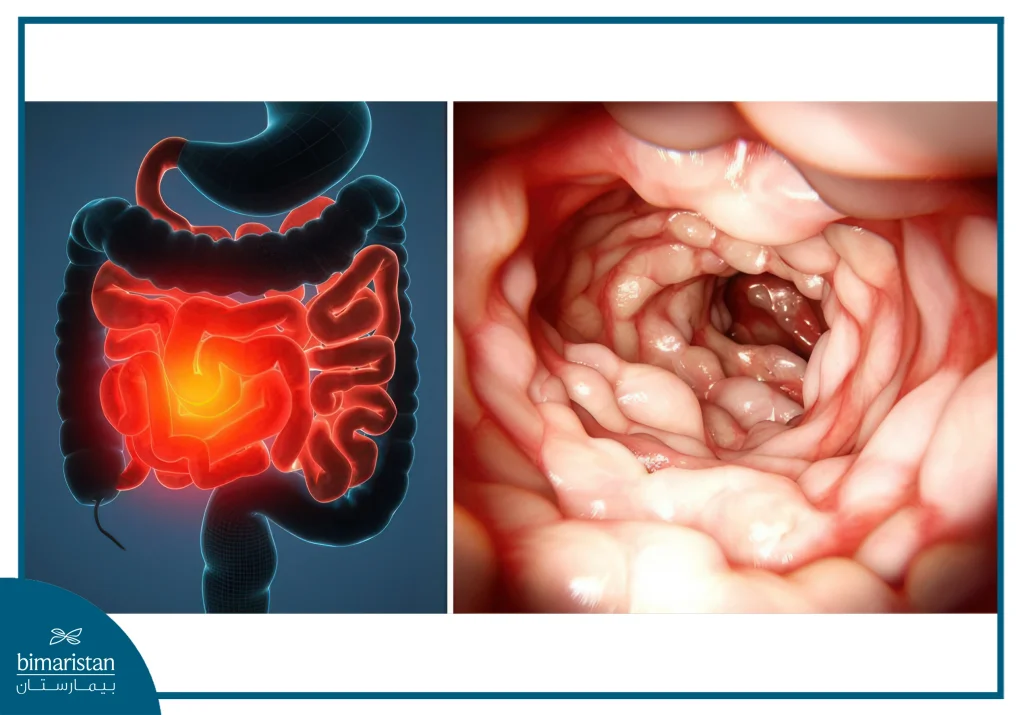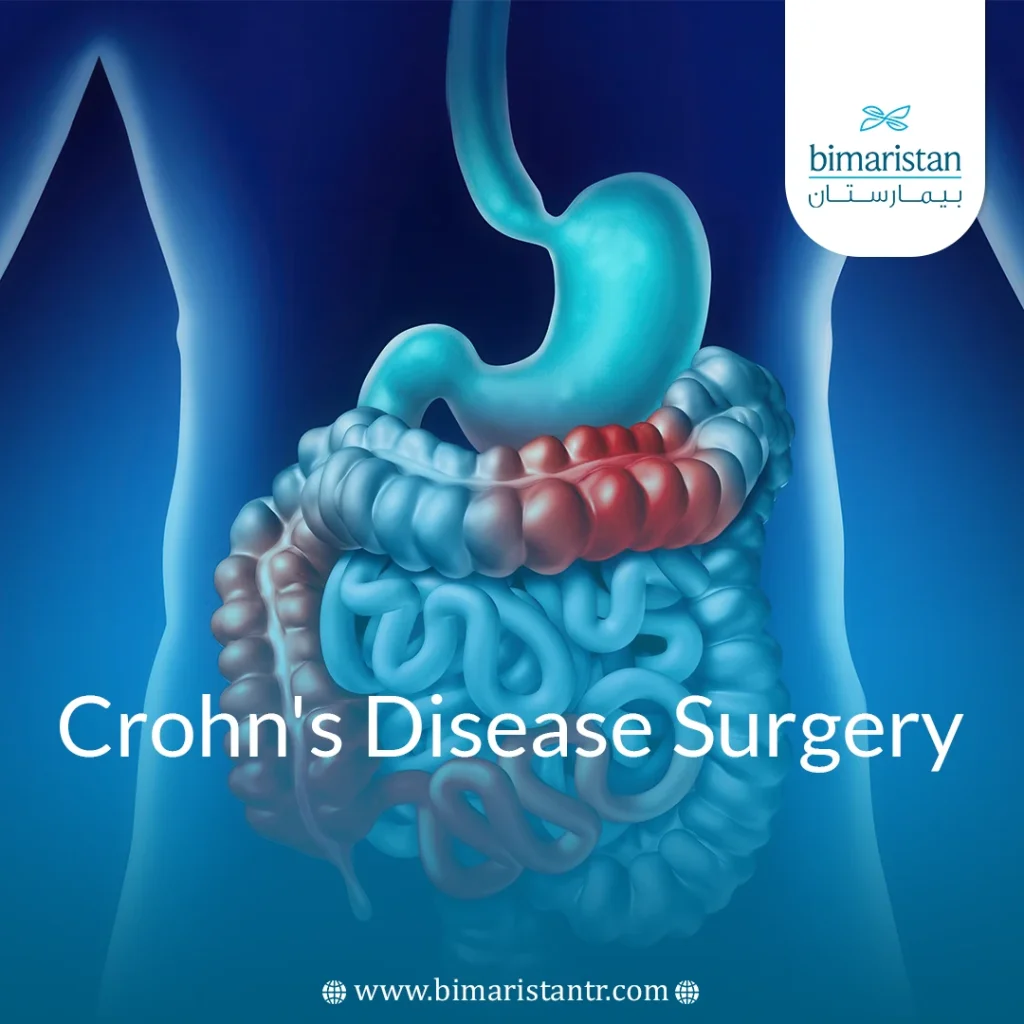Crohn’s disease is a chronic inflammatory bowel condition that leads to persistent irritation and swelling in the gastrointestinal tract, particularly in the small intestine and the start of the colon. While medications can effectively manage symptoms for many patients, certain situations demand Crohn’s Disease Surgery, especially when complications arise or medical therapy is no longer effective.
What is Crohn’s disease?
Crohn’s disease is a chronic immune-mediated condition that causes recurring inflammation in the gastrointestinal tract and can affect any part of it, though it most commonly targets the small intestine and colon. Symptoms typically include abdominal pain, persistent diarrhea, weight loss, and general fatigue. Patients often experience alternating periods of flare-ups and remission, which can significantly impact their quality of life. Although Crohn’s disease cannot be completely cured, current treatments—including medications and Crohn’s Disease Surgery can help manage symptoms and enhance daily functioning.

When is Crohn’s Disease Surgery Necessary?
- Recurrent inflammation or abscess formation: Symptoms like fever, fatigue, and chronic exhaustion may signal ongoing inflammation or infection that could require Crohn’s Disease Surgery.
- Intestinal stenosis (narrowing): Severe abdominal pain, vomiting, or difficulty passing gas may indicate a narrowing of the intestines, often treated surgically.
- Possible intestinal obstruction: Constipation, nausea, and persistent vomiting can point to a blockage in the bowel, a condition that may necessitate Crohn’s Disease Surgery.
- Chronic gastrointestinal bleeding: Frequent blood in the stool may be a sign of internal bleeding that sometimes requires surgical intervention.
- Malnutrition or significant weight loss: Unexplained weight loss or general weakness may result from poor nutrient absorption, potentially leading to surgery.
- Failure of drug therapy: If symptoms such as diarrhea, fever, or abdominal pain continue despite medication, Crohn’s Disease Surgery may be the next step in treatment.
Types of Crohn’s Disease Surgery
- Bowel Resection: This is the most common type of Crohn’s disease surgery, involving the removal of the damaged section of the intestine and reconnecting the healthy ends to restore normal function.
- Ileostomy or Ostomy: In cases where waste can’t pass through the intestines, this procedure brings the end of the intestine to the surface of the abdomen to allow waste drainage—often used in emergencies or when healing is needed.
- Fistula Repair: This surgery is performed to close abnormal connections (fistulas) between the intestines and other organs, such as the bladder, skin, or vagina.
- Strictureplasty: Instead of removing the bowel, this technique widens narrowed segments—like Small Bowel Stricture—allowing waste to pass while preserving intestinal tissue.
- Abscess Drainage: When infections cause pus-filled pockets in the abdomen, this procedure drains the abscess to prevent further complications.
- Laparoscopic vs. Open Surgery: Laparoscopic Crohn’s disease surgery involves smaller incisions, less pain, and faster recovery. Open surgery is reserved for complex cases or when severe adhesions are present.
Crohn’s Disease Surgery Risks and Possible Complications
Direct Surgical Complications
Complications that may occur during or immediately after Crohn’s disease surgery include:
- Bleeding: This can happen during or after the procedure and may require urgent medical attention to prevent further complications.
- Anastomotic Leak: A serious condition where the two reconnected ends of the intestine fail to heal properly, leading to leakage of intestinal contents.
- Postoperative Ileus: A temporary halt in bowel movements that often follows abdominal surgery, causing bloating, nausea, and discomfort.
Infectious Complications
Associated with post-operative infections, these complications may include:
- Bacterial Infection: This can occur at the surgical wound site or within the abdominal cavity and often requires prompt antibiotic treatment.
- Abscess Formation: Deep infections in the surgical area may lead to abscesses—localized pockets of pus that may need to be drained surgically or treated with antibiotics.
Mechanical and Structural Complications
These complications arise due to changes in the anatomical structure of the intestine, such as:
- Intestinal Adhesions: Bands of scar tissue that cause parts of the intestines to stick together, potentially leading to pain or bowel obstruction.
- Intestinal Obstruction: This may occur as a result of adhesions or narrowing (strictures) near the surgical site, requiring further medical or surgical intervention.
- Stoma Complications: Patients with a stoma may experience issues like leakage, skin irritation, or difficulty adapting to the ostomy bag, which can affect quality of life.
Nutritional and Metabolic Complications
These complications can affect nutrient absorption and overall body balance, including:
- Vitamin B12 Deficiency: This may occur if sections of the small intestine responsible for B12 absorption—particularly the terminal ileum—are removed during Crohn’s disease surgery.
- Malabsorption: Especially common when large portions of the small intestine are resected, leading to difficulty absorbing essential nutrients, which can result in weight loss, fatigue, and nutritional deficiencies.
Crohn’s disease surgery results and their impact on daily life
- Symptoms such as pain, diarrhea, and fatigue improve, leading to a noticeable improvement in quality of life.
- Reduced reliance on biologics or steroids after surgery, with improved appetite and energy.
- Although surgery relieves symptoms, up to 20% of patients may experience a return of symptoms within five years and may require additional surgery.
Care after Crohn’s Disease Surgery and the Role of Nutrition
Post-operative care begins with the recovery phase in the intensive care or post-anesthesia unit, followed by close observation in the surgical department.
Multiple analgesics are administered to manage pain effectively, and patients are encouraged to begin moving early to reduce the risk of complications such as blood clots or ileus.
Feeding is reintroduced gradually—starting with clear liquids and progressing to a low-fiber diet—depending on the patient’s condition and surgical outcome.
Maintaining proper hydration is essential, particularly for patients who have undergone colon removal, as fluid and electrolyte balance becomes more delicate.
The medical team closely monitors for signs of reinfection, leakage, or other post-surgical complications to ensure timely intervention if needed.
Nutrition plays a vital role in recovery, especially after resection of the small intestine, where optimizing nutrient absorption is key to healing and long-term health.
Regular follow-up is crucial to track recovery progress and help patients adapt to changes, such as living with a stoma if one was created during surgery.
While Crohn’s disease surgery is not a definitive cure, it is often a necessary step in managing severe symptoms and complications. Ongoing follow-up and early detection of disease progression can help delay or reduce the need for surgical intervention. Consulting with a specialized gastroenterologist or colorectal surgeon is always recommended to determine the most appropriate treatment plan.
Sources:
- Crohn’s & Colitis UK. (2024). Surgery for Crohn’s disease. Crohn’s & Colitis UK
- MedlinePlus. (n.d.). Crohn’s disease. U.S. National Library of Medicine

